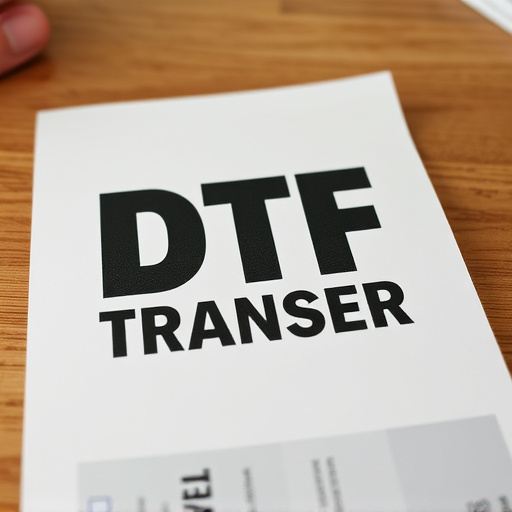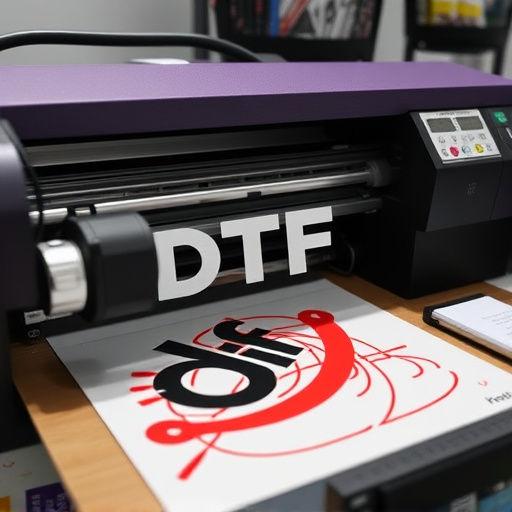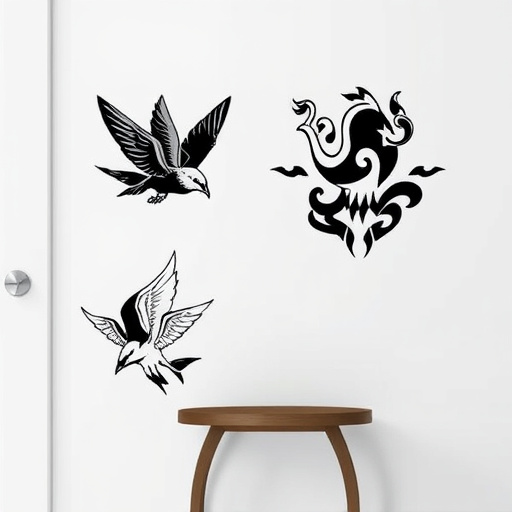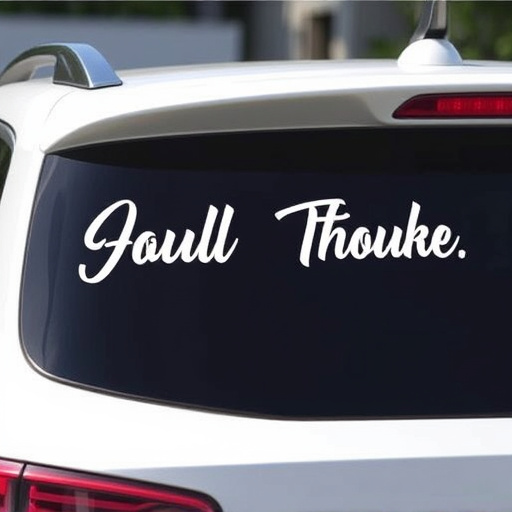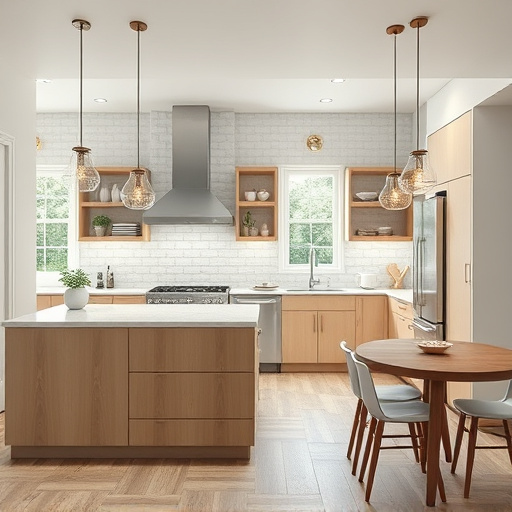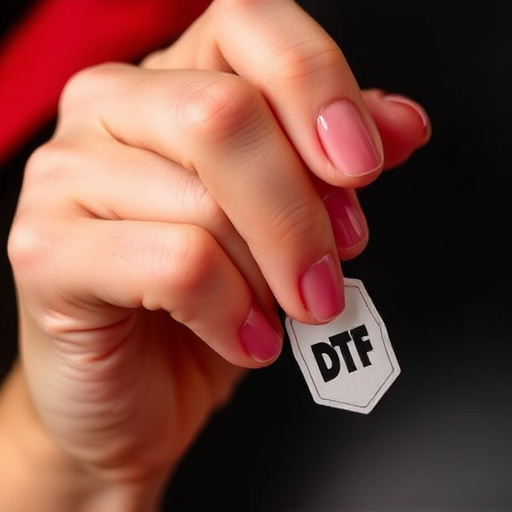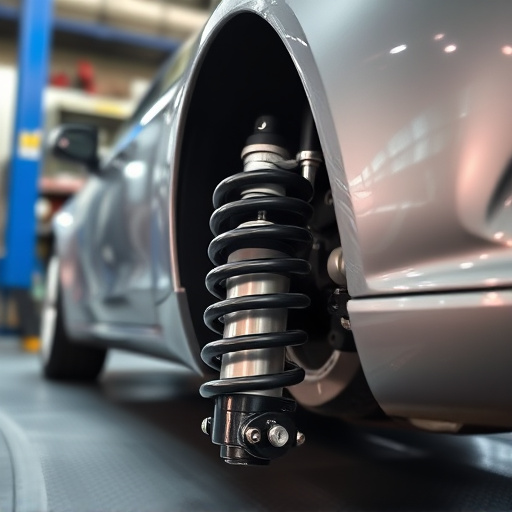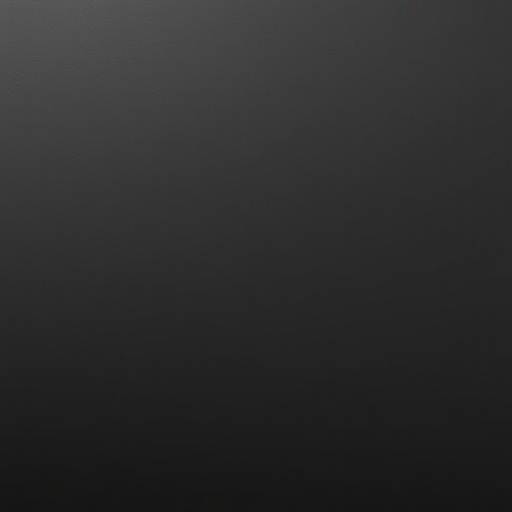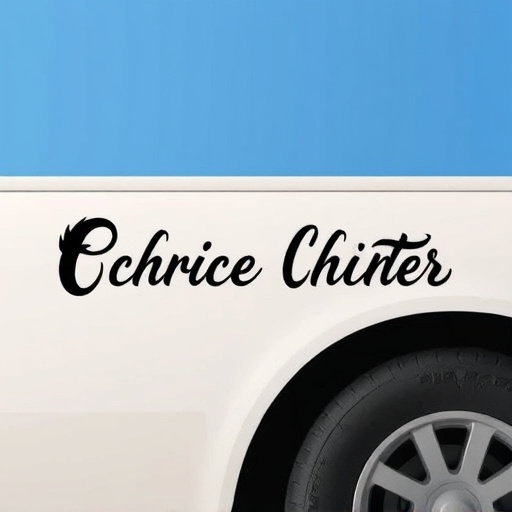Clear coat restoration is a DIY process revitalizing painted surfaces by repairing and renewing protective clear coatings, such as on cars or furniture, for enhanced gloss and protection against UV rays, bird droppings, and tree sap. Beginners should invest in quality restorers, applicators, and safety gear, focusing on meticulous surface preparation through buffing, sanding, cleaning, and decontaminating. Despite requiring precision and regular reapplication, DIY clear coat restoration offers cost-effectiveness, creativity control, and valuable maintenance skills for car customization enthusiasts.
Looking to restore your old furniture or revive your car’s finish? Clear coat restoration might be the answer, but is it safe for DIY beginners? This comprehensive guide breaks down the basics of clear coat restoration, exploring its benefits and potential drawbacks. We’ll guide you through the process, offering expert tips tailored for novice restorers. Learn how to approach this technique safely and effectively, achieving professional-looking results without the hassle.
- Understanding Clear Coat Restoration: The Basics
- Pros and Cons of DIY Clear Coat Restoration
- Tips for Safe and Effective Beginners' Projects
Understanding Clear Coat Restoration: The Basics
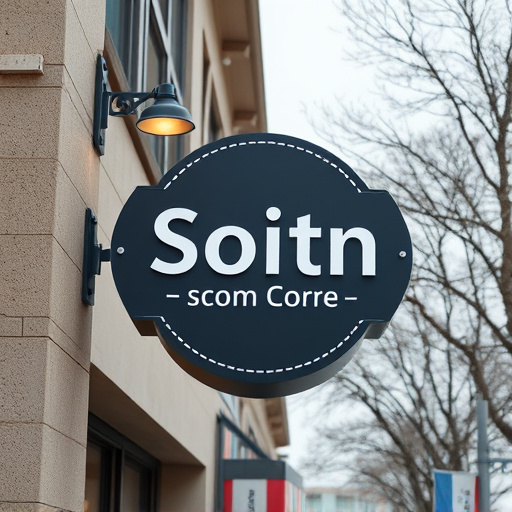
Clear coat restoration is a process that involves repairing and rejuvenating the clear protective layer on top of painted surfaces, often found on cars, motorcycles, or even furniture. It’s more than just a simple polish; it aims to restore the original gloss and protect the paint from future damage. This DIY project has gained popularity due to its ability to extend the life of finishes and make old items look like new again.
At its core, clear coat restoration requires understanding the material and the tools involved. The clear coat is typically a thin layer of polyurethane or acrylic that seals the paint, shielding it from ultraviolet rays, bird droppings, and tree sap—common culprits behind fading and damaging painted surfaces. Beginners should invest in good-quality restorers and applicators to ensure optimal results. A common method involves using a compound buffer and a range of abrasive discs to gently remove swirls and imperfections before applying a new clear coat, often aided by modern technologies like paint protection film (PPF) for enhanced protection. While professional PPf installation might be out of reach for beginners, applying custom graphics or designs with precision can be accomplished with the right practices.
Pros and Cons of DIY Clear Coat Restoration
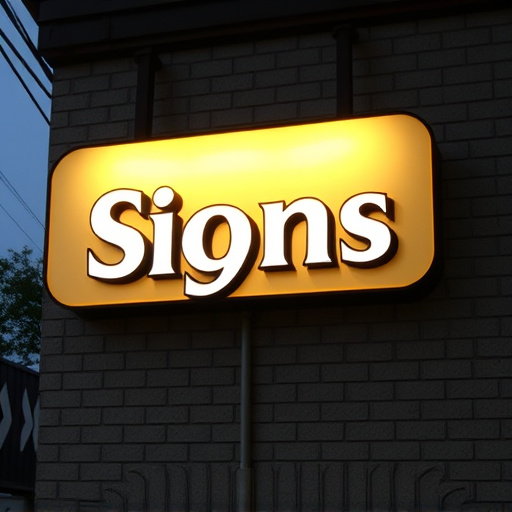
DIY clear coat restoration can be an attractive option for car customization enthusiasts who want to enhance their vehicles’ appearance and protect the paintwork. One of the primary advantages is cost-effectiveness; it’s a more affordable alternative to professional services, making vehicle wraps or UV protection a feasible investment for beginners. The process allows for creativity, enabling individuals to personalize their cars with unique finishes and colors without breaking the bank.
However, there are potential drawbacks to consider. Clear coat restoration requires precision and skill; mistakes can lead to unsightly results. Beginners might struggle with achieving a professional finish, especially when it comes to even application and avoiding bubbles or streaks. Additionally, while clear coats offer protection, they may not last as long as professional applications, requiring regular reapplication for sustained UV protection. Despite these cons, many DIY enthusiasts find the process rewarding, offering them control over their car’s customization and a chance to learn valuable skills in vehicle maintenance.
Tips for Safe and Effective Beginners' Projects
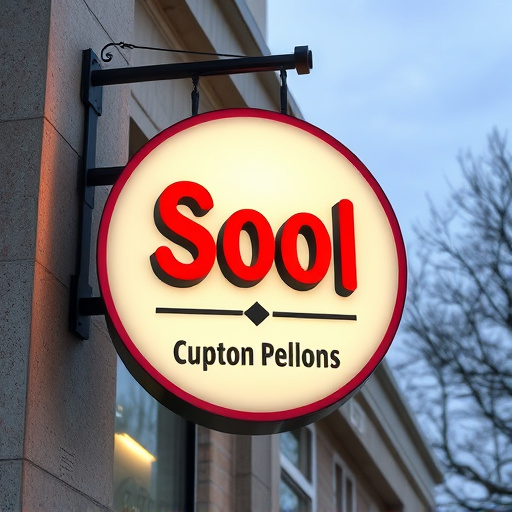
When taking on a clear coat restoration project for the first time, prioritizing safety and achieving effective results go hand in hand. Beginners should start by investing in high-quality finishes and tools designed for the task. Using a dedicated clear coat restoration kit ensures compatibility between products, leading to better adhesion and longer-lasting results. Before beginning, prepare your workspace by donning protective gear including gloves, eye wear, and a mask to avoid inhalation of harmful fumes.
Proper surface preparation is key in achieving optimal outcomes. Spend ample time on paint correction to remove any imperfections or residue that could compromise the final finish. This meticulous step involves sanding, cleaning, and decontaminating the surface to create a smooth base for application. Remember, taking your time here will pay dividends later, resulting in a more durable and visually appealing clear coat.
Clear coat restoration can be a rewarding DIY project for beginners, offering both aesthetic and protective benefits. By understanding the basics and following safe practices outlined in this article, you can achieve professional-looking results while minimizing risks. With the right preparation and tools, DIY clear coat restoration is accessible and effective, allowing you to breathe new life into your furniture or automotive finishes.

